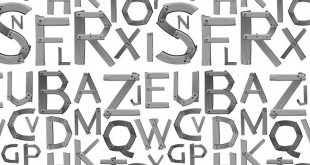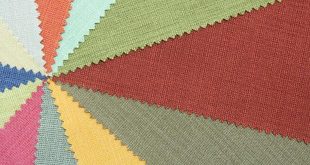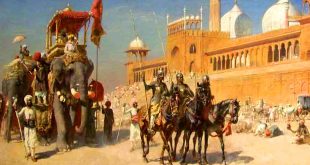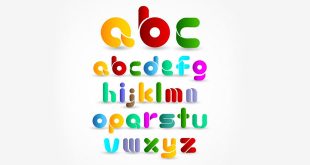Question: We see the sun rising 8 1/4 minutes after it has risen. Why? Answer: The speed of light is 3 lakh per second. The sun’s raise take time to reach on earth. Question: Name two sources of light and two man-mad sources of light. Answer: Man-mad source of light are: …
Read More »Search Results for: friend
NCERT 7th Class (CBSE) Social Science: Role Played by Gender
Question: What do you understand by the term gender? Answer: The way each society perceives what a ‘man’ is and what a ‘woman’ is, and what their different roles and responsibilities are, is called gender. It is more than the biological difference between men and women. Question: What is a stereotyping? Give …
Read More »Asyndeton Examples: Asyndeton for Students and Children
This is not just another figure of speech. The power, force, intensity and vehemence this device infuses into any writer’s, or speaker’s, work can be commendable. The rapid effect while keeping the audience hooked on to the edge is what an asyndeton statement does. Evolved from the Greek word asyndetos; …
Read More »Appositive Examples: Appositive for Students and Children
What happens when you miss out a part of your sentence either while reading or writing? It becomes meaningless and incomplete. This phenomenon, often considered sacrosanct, doesn’t really apply to a sentence with an appositive. Appositive is an excellent tool that can be defined as a noun or phrase of …
Read More »NCERT 6th Class (CBSE) Science: Fibre to Fabric Quiz
Fibre to Fabric Quiz: NCERT 6th Class CBSE Science 18 Multiple Choice Questions related to NCERT 6th Class (CBSE) Science: Fibre to Fabric Quiz: Synthetic fibre are man – made fibres made from plastic and petroleum products. Fore example: Nylone, Rayon etc. They are also made from chemicals. The process o …
Read More »NCERT 7th Class (CBSE) Social Science: Political Changes in 18th Century
Question: Who was Nadir Shah? What was the result of his attack on Delhi? or Describe the impact of Nadir Shah’s invasion upon Delhi. Answer: Nadir Shah, the ruler of Iran, sacked and plundered the city of Delhi in 1739 CE and took away immense amounts of wealth. As a …
Read More »Apostrophes Examples: Apostrophes for Students and Children
You might have come across lines like “Then come, sweet death, and rid me of this grief.” It is written in such a way that the person is talking to death which is, obviously, not a person, but a phenomenon. This is an example of apostrophe, which is an important …
Read More »Antithesis Examples: Antithesis for Students and Children
“You agree to disagree to the solution, which Jack gave you the previous day?” Well, you can see the way the statement has an opposite opinions placed in one line. This is called antithesis – a figure of speech which contrasts ideas, words and concepts in one sentence. However, contrasting …
Read More »Anticlimax Examples: Anticlimax for Students and Children
Surely, you’ve come across literary works or movies where an idea is being described and suddenly it transforms into something less significant. By definition, anticlimax terms/phrases are figures of speech in which statements or ideas descend according to their importance. To put it in simpler words, a serial arrangement of …
Read More »Alliteration Examples: Alliteration for Students and Children
Alliteration is a literary device that emphasizes on repetition of a particular consonant in the first syllables in a series of words. It is important to know that in alliteration, the sound of the words matter the most. It is extensively used in literature, particularly in poetry. Alliteration is like …
Read More » Class Notes NCERT Solutions for CBSE Students
Class Notes NCERT Solutions for CBSE Students





